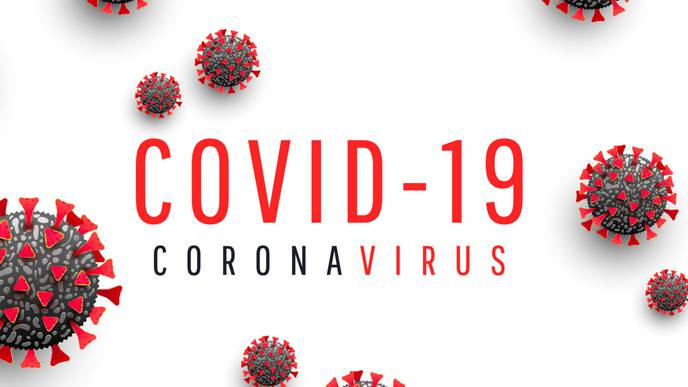Degrading Viral RNA to Treat SARS-CoV-2 Infection

04/28/2023
Development of vaccines against SARS-CoV-2 has been rapid, but the rise of variants forces scientists to frequently modify treatments. Ideally, therapies would target mutation-resistant viral proteins, but this has proven difficult. Researchers reporting in ACS Central Science, however, have now developed a system that directly targets and degrades the viral RNA genome, reducing infection in mice. The method could be adapted to fight off many viruses, as well as treat various diseases.
Vaccines and antiviral drugs typically target proteins critical to viral infection and replication. This targeting induces evolutionary pressure for the virus to mutate, however, reducing the effectiveness of existing treatments and requiring development of new vaccines and drugs.
To get around this issue, researchers have turned to targeting highly conserved structures within the viral RNA genome. Other groups have linked small molecule RNA binders to ribonuclease L ligands (RIBOTACs), creating degraders that relied on ribonuclease expression within cells, which varied across tissues.
Avoiding this dependency, Gonçalo J. L. Bernardes, Konstantinos Tzelepis, Sigitas Mikutis and colleagues showed that attaching imidazole to RNA could degrade the nucleic acid, so they wondered whether attaching imidazole to an RNA-binding molecule would result in targeted degradation.
To accomplish this, the team used pyridostatin (PDS), which binds to G-quadruplex (G4) RNA structures, and MTDB, which binds to betacoronaviral pseudoknots, as the RNA-binding molecules. The researchers then appended each compound with a flexible linker and imidazole and called these molecules proximity-induced nucleic acid degraders (PINADs). By bringing imidazole into close proximity to the RNA, both PINADs degraded SARS-CoV-2 RNA.
In addition, the compounds were effective when tested in cells infected with SARS-CoV-2 and its alpha and delta variants. Importantly, when the researchers gave the MTDB degrader to mice infected with SARS-CoV-2, viral load was reduced, as were levels of a biomarker of viral infection and replication.
The researchers say that their system should allow any RNA-binding small molecule to be converted to a PINAD, so that it could someday be used to target and destroy other disease-related RNAs. This list could include disorders such as Alzheimer's disease or Huntington's disease, targeting the mRNAs of misfolded proteins that have otherwise proven difficult to target.
More information: Sigitas Mikutis et al, Proximity-Induced Nucleic Acid Degrader (PINAD) Approach to Targeted RNA Degradation Using Small Molecules, ACS Central Science (2023). DOI: 10.1021/acscentsci.3c00015
Citation: Degrading viral RNA to treat SARS-CoV-2 infection (2023, April 26) retrieved 26 April 2023 from https://phys.org/news/2023-04-degrading-viral-rna-sars-cov-infection.html
This document is subject to copyright. Apart from any fair dealing for the purpose of private study or research, no part may be reproduced without the written permission. The content is provided for information purposes only.

Facebook Comments